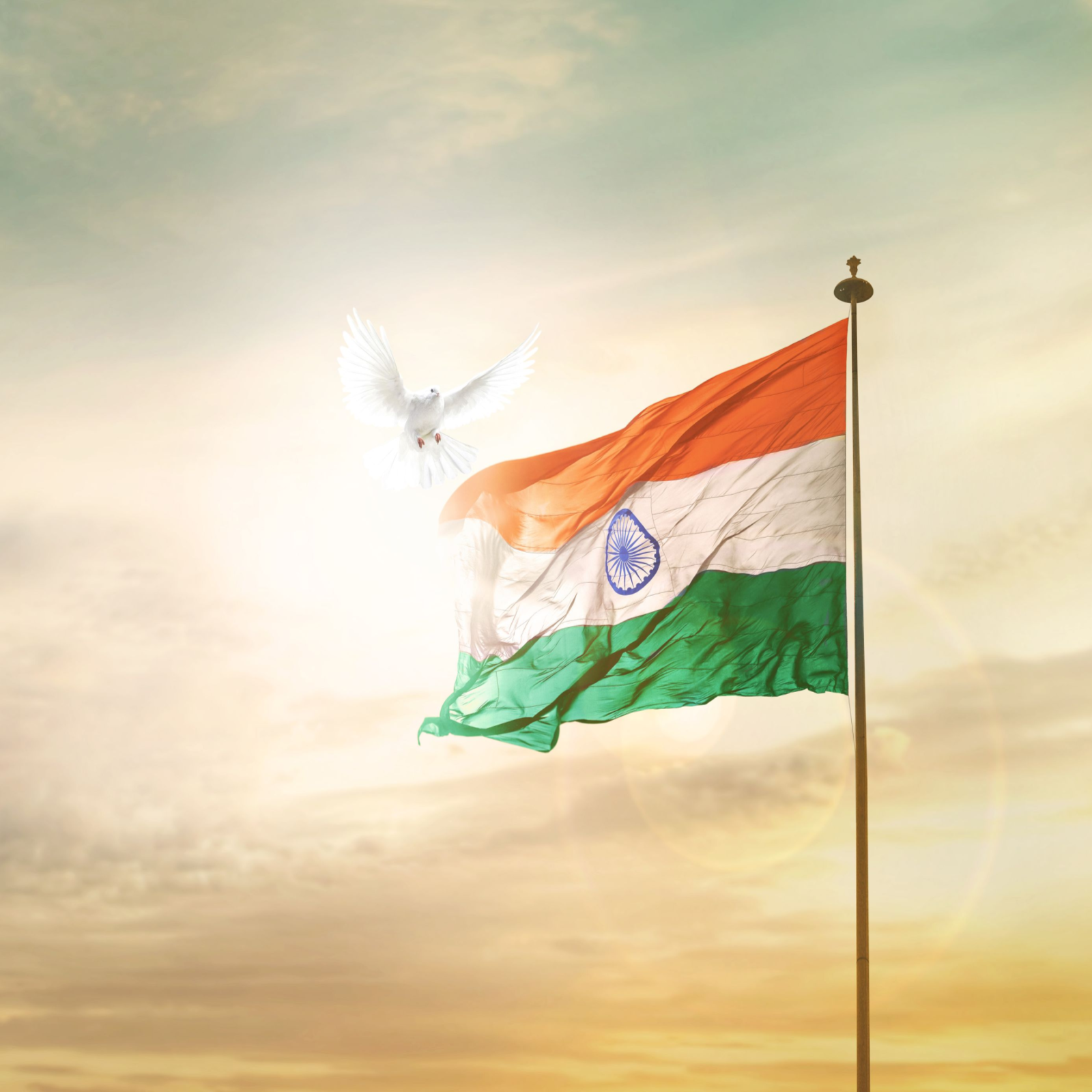
views
HAPPY INDEPENDENCE DAY 2023: India’s National Flag has undergone massive changes since its first inception. It has sailed through many vicissitudes before arriving at what it is today. If observed closely, the evolution in a way reflects the political developments in the nation.
As the country is celebrating ‘Azadi Ka Amrit Mahotsav’ we bring you some of the historical milestones in the evolution of our National Flag.
The first national flag of India, which was composed of three horizontal stripes of green, yellow, and red (from top to bottom) was hoisted on August 7, 1906 in Kolkata’s (then Calcutta) Parsee Bagan Square (Green Park). The green strip had 8 lotuses, while the red strip had a crescent and a sun.
WATCH: Evolution Of The Indian National Flag
A year later, in 1907 the second flag was hoisted by Madame Cama and her band of exiled revolutionaries. This flag was similar to the first one, but some changes were adapted. The colour of top strip was changed to saffron, the middle remained yellow, while the bottom-most strip turned green. The lotuses on the top strip were replaced with stars, while the position of crescent and sun were swapped.
When India’s political struggle took a turn, Dr. Annie Besant and Lokmanya Tilak hoisted the third variation of the flag during the Home Rule movement in 1917. It had five red and four green horizontal strips arranged alternately. On the left-hand top corner (the pole end) was the Union Jack, the flag also had seven stars in the saptarishi configuration super-imposed on them. There was also a white crescent and star in one corner.

In 1921, during the session of the All India Congress Committee which met at the Bezwada an Andhra Youth had presented a design of a flag to Gandhiji. The flag was made up of two colours, red and green – which represented the two major communities, Hindus and Muslims respectively. In the design, Gandhiji had suggested to add a white strip to represent the remaining communities, which reside in India. He further told the youth to add a spinning wheel to symbolise the progress of the nation.
In the history of the national flag, the year 1931 holds special importance. This year, a resolution was passed to adopt a tricolor flag as our national flag. The flag had three strips saffron (top), white (middle), and green (bottom). It also had a spinning wheel in the center. Though the tricolor was widely accepted, people objected the presence of a spinning wheel as it had no communal significance.
Finally, it was on July 22, 1947, the free India National Flag was adopted by the Constituent Assembly. After Independence, the color and significance of the national flag remained unchanged. However, the spinning wheel was replaced by Emperor Ashoka’s Dharma Chakra as the emblem of the flag. This is how the tricolor flag of the Congress Party became the tricolor flag of Independent India.
Independence Day: A Must-Watch
10 Independence Day Wishes Messages Quotes
Is It 76th Or 77th Independence Day 2023 In India?
Evolution Of The Indian National Flag
5 Fashion Tips For Independence Day
Happy Independence Day 2023!
















Comments
0 comment